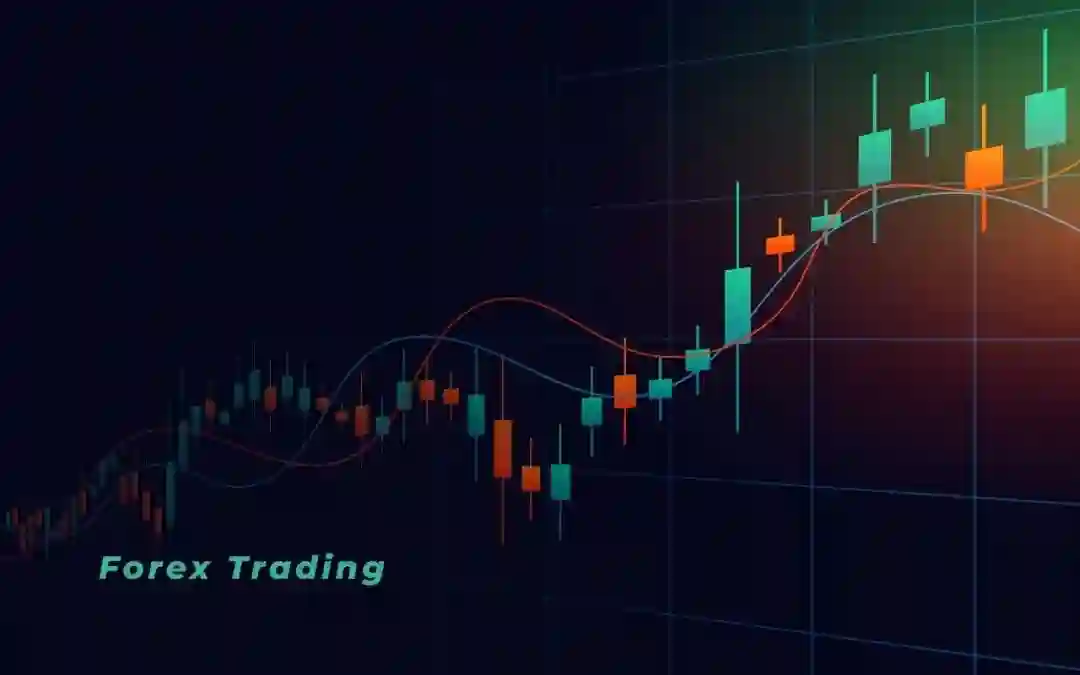In the intricate world of Forex trading, success often hinges on the ability to analyze and interpret a multitude of factors that influence currency movements. Intermarket analysis, a powerful analytical approach, examines the relationships between different asset classes and markets to gain insights into broader economic trends and market dynamics. For Forex robot traders, leveraging intermarket analysis can provide a more comprehensive understanding of market conditions and enhance the effectiveness of trading strategies. This article explores the concept of intermarket analysis, its applications in Forex trading, and strategies for integrating intermarket analysis into Forex robot strategies to achieve better trading outcomes.
Understanding Intermarket Analysis:
Intermarket analysis is based on the premise that various financial markets and asset classes are interconnected and influence each other’s movements. By analyzing the relationships between currencies, commodities, stocks, bonds, and other markets, traders can uncover hidden patterns, correlations, and divergences that provide valuable insights into market sentiment, risk appetite, and economic trends. Intermarket analysis considers factors such as interest rates, inflation, geopolitical events, and macroeconomic indicators to assess the broader economic landscape and inform trading decisions.
Key Concepts of Intermarket Analysis in Forex Trading:
Correlation Analysis:
Intermarket analysis involves analyzing correlations between different asset classes to identify patterns and relationships that may influence currency movements. Positive correlations suggest that two assets move in the same direction, while negative correlations indicate inverse movements. By examining correlations between currencies, commodities, and other markets, traders can anticipate potential trends and diversify risk effectively.
Leading Indicators:
Intermarket analysis identifies leading indicators and signals in related markets that may precede or predict changes in currency prices. For example, rising commodity prices may signal inflationary pressures and lead to currency depreciation, while falling bond yields may indicate economic uncertainty and trigger safe-haven currency demand. By monitoring leading indicators in other markets, Forex traders can anticipate shifts in currency trends and adjust their trading strategies accordingly.
Risk-On vs. Risk-Off Sentiment:
Intermarket analysis assesses risk-on and risk-off sentiment in global financial markets to gauge investor appetite for risk and its impact on currency markets. During risk-on periods, investors favor high-yielding currencies and riskier assets such as equities, while during risk-off periods, they seek safety in low-yielding currencies and safe-haven assets like gold and government bonds. Understanding shifts in risk sentiment can help Forex traders anticipate currency trends and position their trades accordingly.
Applications of Intermarket Analysis in Forex Robot Strategies:
Currency Correlations:
Forex robot strategies can incorporate intermarket analysis to identify and exploit correlations between currency pairs and other asset classes. By analyzing correlations between currencies, commodities, and stock indices, Forex robots can adjust trading positions based on changing market dynamics and correlations, diversifying risk and optimizing trading outcomes.
Economic Indicators:
Intermarket analysis enables Forex robots to incorporate leading economic indicators and signals from related markets into their trading strategies. By monitoring indicators such as commodity prices, bond yields, and equity market performance, Forex robots can anticipate currency movements and adjust their trading parameters in response to evolving market conditions and economic trends.
Risk Management:
Intermarket analysis enhances risk management in Forex robot trading by providing insights into broader market trends and correlations. By assessing risk-on and risk-off sentiment, Forex robots can adjust position sizes, set stop-loss levels, and implement hedging strategies to mitigate risk and protect against adverse market movements. Incorporating intermarket analysis into risk management frameworks allows Forex robots to adapt to changing market conditions and preserve capital effectively.
Strategies for Integrating Intermarket Analysis into Forex Robot Strategies:
Data Integration:
Integrate data from multiple asset classes and markets into Forex robot trading systems to facilitate intermarket analysis. Access historical and real-time data from currency pairs, commodities, stock indices, and bond markets to identify correlations, leading indicators, and market trends that may influence currency movements.
Correlation Analysis:
Conduct correlation analysis to identify relationships between currency pairs and other asset classes. Use statistical techniques and correlation matrices to quantify correlations and assess the strength and direction of relationships. Incorporate correlated assets into trading strategies to diversify risk and improve trading performance.
Economic Event Monitoring:
Monitor economic events, news releases, and geopolitical developments in related markets to anticipate currency movements and trading opportunities. Integrate event-driven trading strategies into Forex robot systems to capitalize on market reactions to key economic indicators, central bank announcements, and geopolitical events.
Dynamic Strategy Adjustment:
Develop Forex robot strategies that dynamically adjust trading parameters and position sizes based on intermarket analysis signals. Implement adaptive algorithms that continuously monitor correlations, leading indicators, and risk sentiment to optimize trading decisions and adapt to changing market conditions in real-time.
Conclusion:
Leveraging intermarket analysis provides Forex robot traders with a holistic view of global financial markets and enhances their ability to navigate complex trading environments. By analyzing correlations, leading indicators, and risk sentiment across multiple asset classes, Forex robots can develop more robust and adaptive trading strategies that capitalize on market opportunities and manage risks effectively. With the integration of intermarket analysis into Forex robot strategies, traders can achieve better trading outcomes, enhance performance, and adapt to evolving market conditions in today’s dynamic and interconnected financial landscape.





